Lampiotes is a village and the seat of the homonymous community in the Amari Municipality, within the Rethymno regional unit on the island of Crete, Greece. The village showcases elements of traditional architecture, with some old stone-built houses still standing, though many are in ruins. Notable landmarks include the single-aisled, vaulted chapel of Agios Nikolaos, featuring an ornate facade and well-preserved 15th-century frescoes. The frescoed cemetery church of Panagia, located south of the village, also boasts significant 14th-century wall paintings. The village’s traditional festival takes place annually on July 15th, in celebration of Saint Kirykos.
Historical References
The earliest documented reference to Lampiotes dates back to a 1301 contract, signifying its existence during the Byzantine era. Subsequent mentions in Venetian and Ottoman records, including censuses and travelogues, trace its evolution through various historical periods. These references shed light on the village’s demographic changes, administrative affiliations, and the presence of Christian families within its community. The village’s name variations in historical documents, such as “Lambrotes,” “Lambiotes,” and “Zambiotes,” provide further clues about its historical trajectory.
Location
Lampiotes is situated in the Amari Municipality, nestled within the Rethymno regional unit on the picturesque island of Crete, Greece. Its geographical coordinates pinpoint it at an altitude of 340 meters above sea level, contributing to its verdant landscape and access to flowing water sources. The village’s position, approximately 41 kilometers from Rethymno and 20 kilometers southeast of the Potami Dam, situates it within a network of historically and culturally significant locations in central Crete.
Historical Significance
Lampiotes carries historical significance rooted in its potential connection to the ancient city of Lappa or Lambi, located near modern-day Argyroupoli. The village’s name, derived from “Lampiotes,” meaning inhabitants of Lambi, strengthens this association. Additionally, the village’s preserved traditional architecture, including old stone houses, and its notable religious landmarks, featuring 14th and 15th-century frescoes, highlight its role as a repository of cultural heritage. The historical references spanning Byzantine, Venetian, and Ottoman periods underscore Lampiotes’ continuous presence and its witness to the island’s complex past.
Population Data Over the Years
Year |
Population |
|---|---|
1900 |
178 |
1920 |
195 |
1928 |
207 |
1940 |
183 |
1951 |
199 |
1961 |
163 |
1971 |
899 |
1981 |
396 |
1991 |
61 |
Current Status
Currently, Lampiotes stands as a small village characterized by remnants of its traditional architectural heritage and significant religious landmarks. While some old stone houses endure, many are in a state of ruin, indicative of the village’s dwindling population. The presence of well-preserved frescoes in the chapel of Agios Nikolaos and the cemetery church of Panagia underscores the village’s enduring cultural value. Despite its diminished population, Lampiotes continues to uphold its traditional festival, honoring Saint Kirykos on July 15th each year. The village serves as a testament to Crete’s rich history and offers a glimpse into the island’s rural past.
Village Key Points
- Historical References: First mentioned in 1301, with subsequent records in Venetian and Ottoman documents.
- Location: Amari Municipality, Rethymno regional unit, Crete, Greece.
- Historical Significance: Believed to have been settled by inhabitants of the ancient city of Lappa.
- Current Status: A small village with preserved traditional architecture and significant religious landmarks.
Access
Lampiotes is 17.5 kilometers away from the town Tympaki and 2.3 kilometers away from Fourfouras.













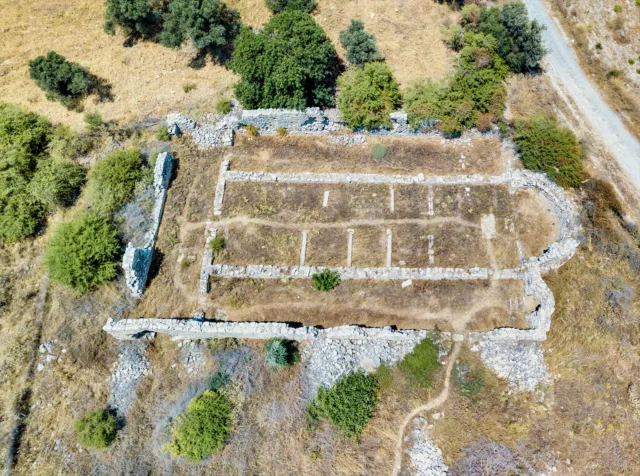



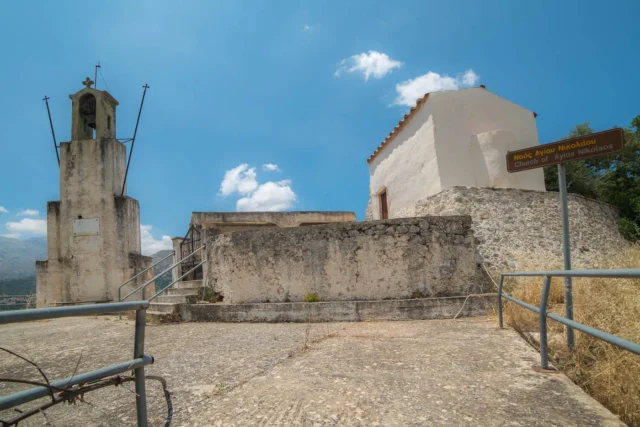

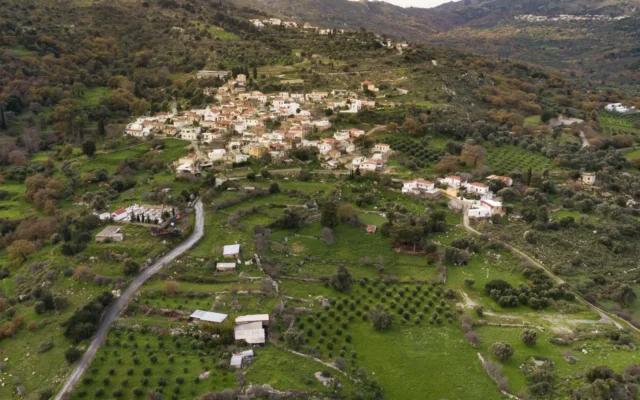
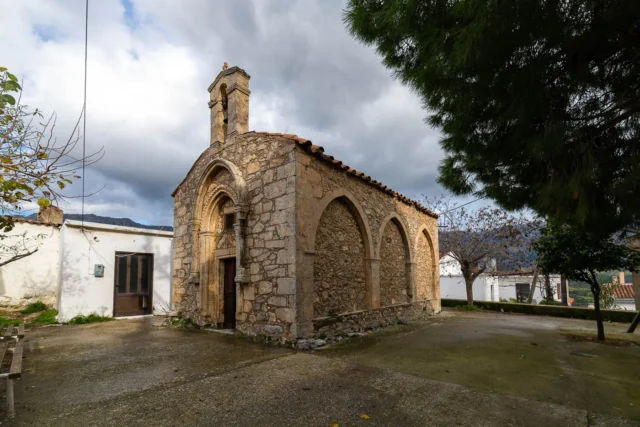
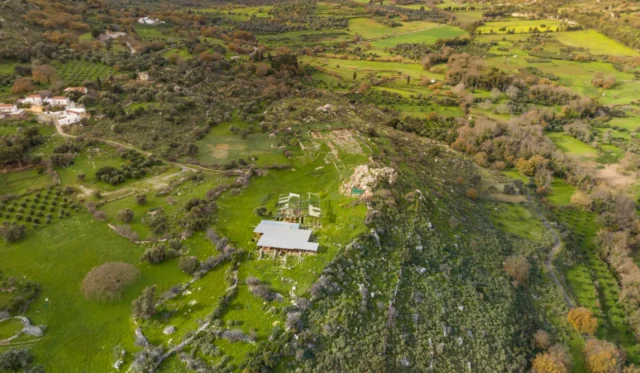
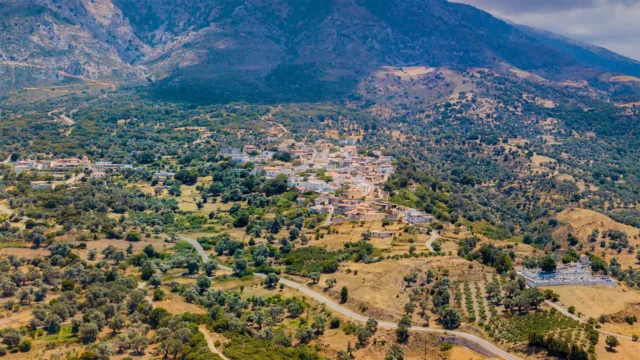

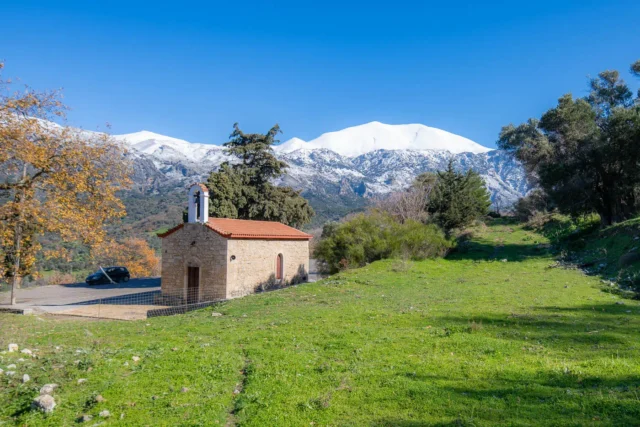
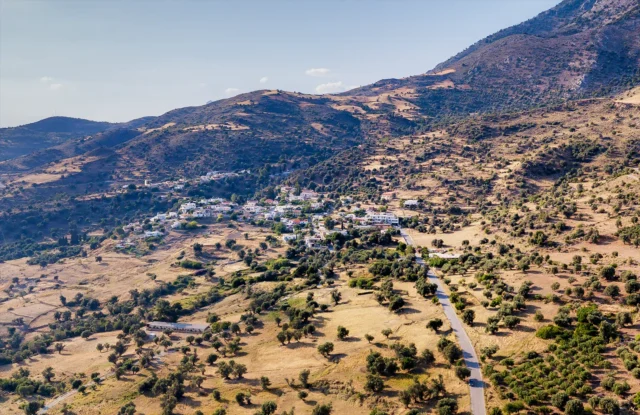
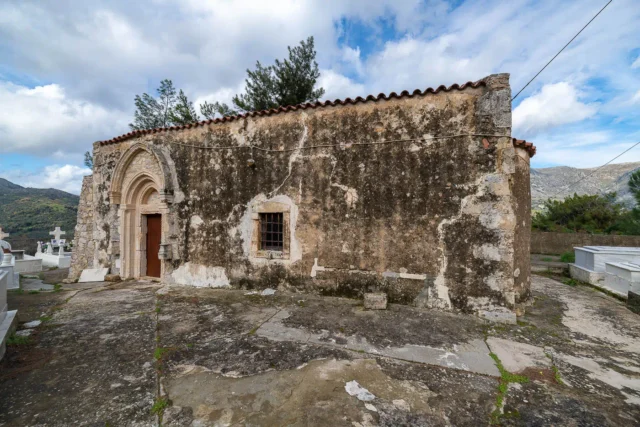
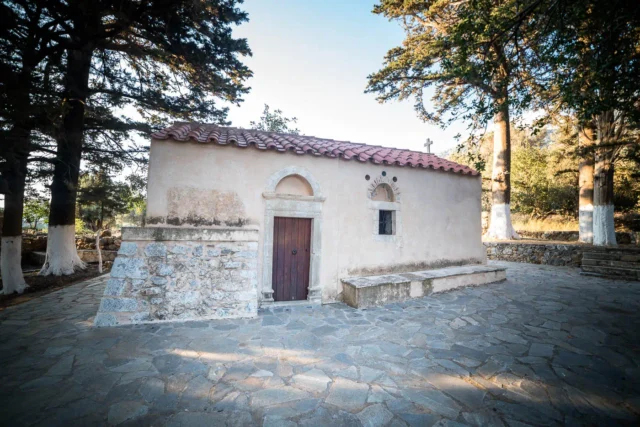
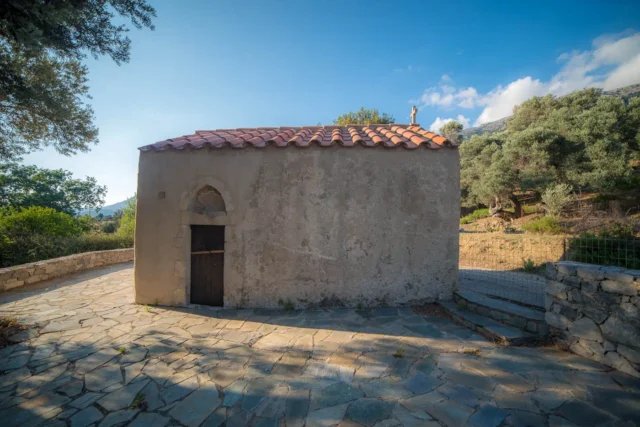
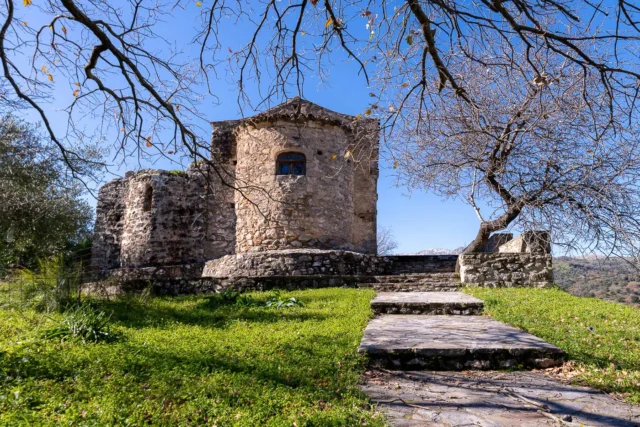
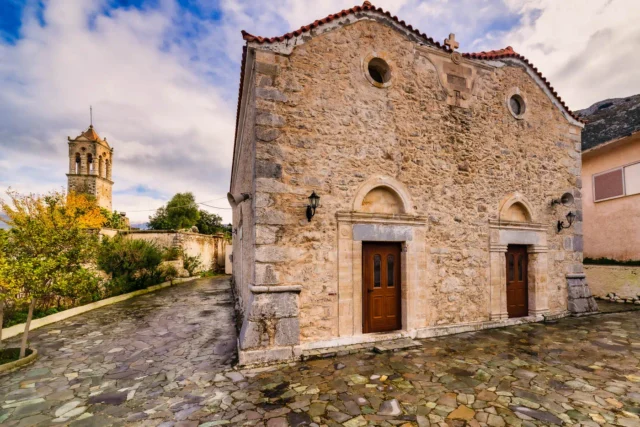

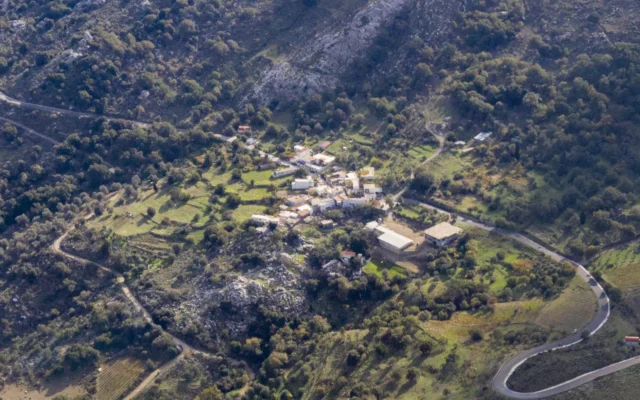

There are no comments yet.